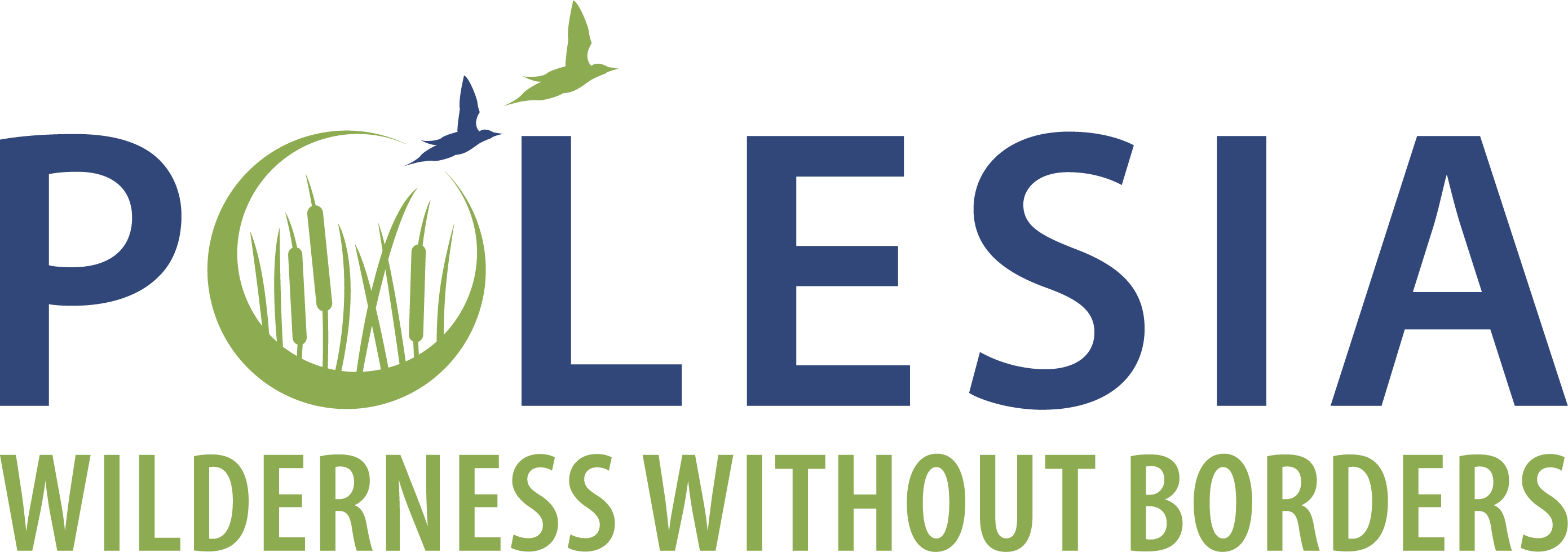Wins for Polesia in 2024: conservation as a long distance run
2024 has passed, and we have to admit that conservation work in Polesia last year remained extremely challenging. The war in Ukraine has significantly affected decision-making processes and fieldwork opportunities. However, 2024 demonstrated that progress is made through consistent, incremental steps, just as it takes time for seeds to germinate and blossom. Seeing our efforts from years past paying off now, we are more patient as we continue to take new steps forwards.
Wetland restoration in Ukraine: the practical stage is even closer!
Throughout 2024, we have been working hard to prepare all the necessary conditions to start practical work on restoring disturbed wetlands in Ukrainian Polesia. Some time ago, potential restoration sites were identified and the relevant feasibility study developed. Of these areas we’ve prioritized four ones – two Ramsar sites in the Rivnenskyi Strict Nature Reserve and two ones in the Chornobyl Biosphere Reserve. Scientific justifications have been approved for all the sites, and engineering plans’ development will start soon. After its approval, we will be able to start construction work on the ground.
Hydrological indicators are critical for assessing the effectiveness of wetland restoration. We have assessed the baseline hydrological conditions at the restoration sites, including groundwater level fluctuations and drainage channels discharge. This became possible thanks to long-term hydrological monitoring programmes that have been held by both the reserves. To make further monitoring more efficient and informative, we are now establishing 15 more automated groundwater monitoring wells. The necessary equipment has been purchased for this purpose and delivered to the project protected areas.
High-quality facilities make the conservationists’ work more efficient. This is why we provide the protected areas in Polesia not only with hydrological but with other kinds of equipment. Last year, meteorological stations and optical devices for professional field researchers and birdwatchers went to the staff of eight Ukrainian protected areas.
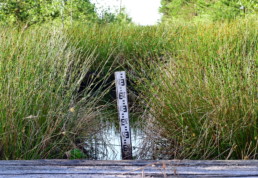
Better protection and consistent management for natural values
Polesia is one of the largest wilderness areas in Europe. It still contains vast areas of intact nature, multiple and diverse habitats for numerous endangered species and rare biotopes, many of which are hard to find elsewhere on the continent. This vast region has yet to be explored in depth, and field researchers continue to discover new natural sites and objects of high conservation value in Polesia. Some of them, such as primeval forests or the habitats of some endangered species, can never be restored to their original state after being destroyed or disturbed. That is why we pay a lot of attention to giving such natural values a legal protection status, although this is a complicated and time-consuming process that sometimes takes years.
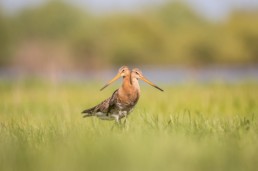
Natural values identified by the project team in Belarus before 2022 are keeping on getting legal protection status. In 2024, 317 habitats of 72 species of flora and fauna listed in the Red Data Book of Belarus were put under legal protection, just like 184 sites of typical and rare biotopes. The total area of the new protected sites amounts to 20 104 ha. All in all, 100 000 ha of natural areas have been taken under legal protection since the start of our project!
The new management plan for the Prypiacki National Park for the period until 2032 elaborated as part of the project back in 2020 has been adopted. This document sets out long-term goals for the management of the national park and contains complex and scientifically based measures to be taken to ensure the conservation of the most valuable natural objects and sites, biological and landscape diversity of this territory. For example, the new management plan provides for an increase in the total area of the national park and the area of its strictly protected zone, a ban on hunting spring birds in wetlands with a high level of protection, and a ban on hunting wolves in certain areas of the national park. The management plan also requires the restoration of disturbed natural complexes within the Prypiacki National Park. For instance, a scientific justification and a project for the restoration of disturbed wetlands are to be developed. It is important to note that, according to Belarusian legislation, compliance with an adopted management plan is mandatory. Thus, the development and adoption of such a document ensures a strategic and systematic approach to the conservation of a natural area.
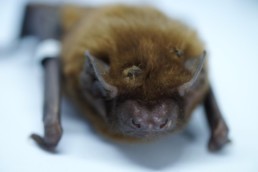
With its impressive biodiversity, Polesia is home to many rare species. Interestingly, some of them were once thought to be locally extinct but then rediscovered in the region. This was the case with the Greater Noctule (Nyctalus lasiopterus) – Europe’s largest bat. This rare bat was rediscovered by the project team in Belarusian Polesia in 2017, after 70 years of absence. Later, during field surveys, several habitats of this bat were identified across Polesia. Thanks to those studies, the Greater Noctule will be included in the new edition of the Red Data Book of Belarus to be published in 2025.
Knowledge: learning new things, sharing with others
Over the years of our work in Polesia, we have carried out a number of field surveys and collected a wealth of data that continues to feed scientific research. For instance, it formed the basis of two scientific papers published in 2024.
Data collected from GPS-tagged Greater Spotted Eagles (Clanga clanga) nesting in Polesia allowed an analysis of the effects if the ongoing war in Ukraine on the migration patterns of the rare birds. The authors compared the birds’ migratory behavior in 2019-2021 and in spring 2022, after the start of military activity. They found that the birds showed significant route deviations and many of them avoided their usual stopovers in Ukraine. As a result, many eagles arrived at their nesting sites later than usual and the energy cost of their migration was higher.
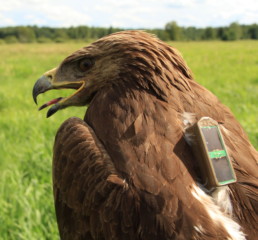
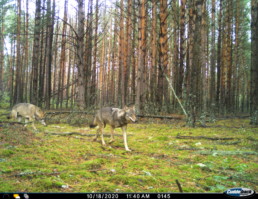
In the course of unprecedentedly large camera trap survey carried out in Polesia as part of our project in 2020 – 2021 we obtained over 50 thousand pictures that are still being analyzed by the researchers. For instance, it became part of the international study focusing on diurnal activity of wolves and lynx along a gradient of human disturbance. It is the first attempt to find correlation between anthropogenic pressure and animals’ temporal behavior. The results of the study show that wolves change their temporal behavior in response to human pressure, but lynx don’t. This is most likely due to differences in their predation ecology. Understanding the daily activities of animals will help to develop effective strategies for carnivore conservation and the creation of a landscape of conflict-free coexistence between humans and wildlife.
Dissemination of knowledge about natural values and nature conservation keeps on being one of the project’s focuses. In the current circumstances, this work is being implemented only via online courses. Last year, our experts prepared and conducted five online courses focusing on invasive species, collection of data on tree species diversity, ecological education, citizen science and ecotrails development. Experts in nature conservation, education and culture, 288 people in total, attended the courses giving a very positive feedback to the teachers.
2024 has seen the continuation of the great systematic work started several years ago. It has also paved the way for a deeper understanding of the nature of Polesia and made practical steps for its conservation and restoration more reasonable and targeted. As we enter the new year, we are looking forward to making new practical steps in protection and restoration of natural areas of Polesia. We hope that our work for the sake of the Polesia’s nature and people will keep bringing new obvious and tangible results.



